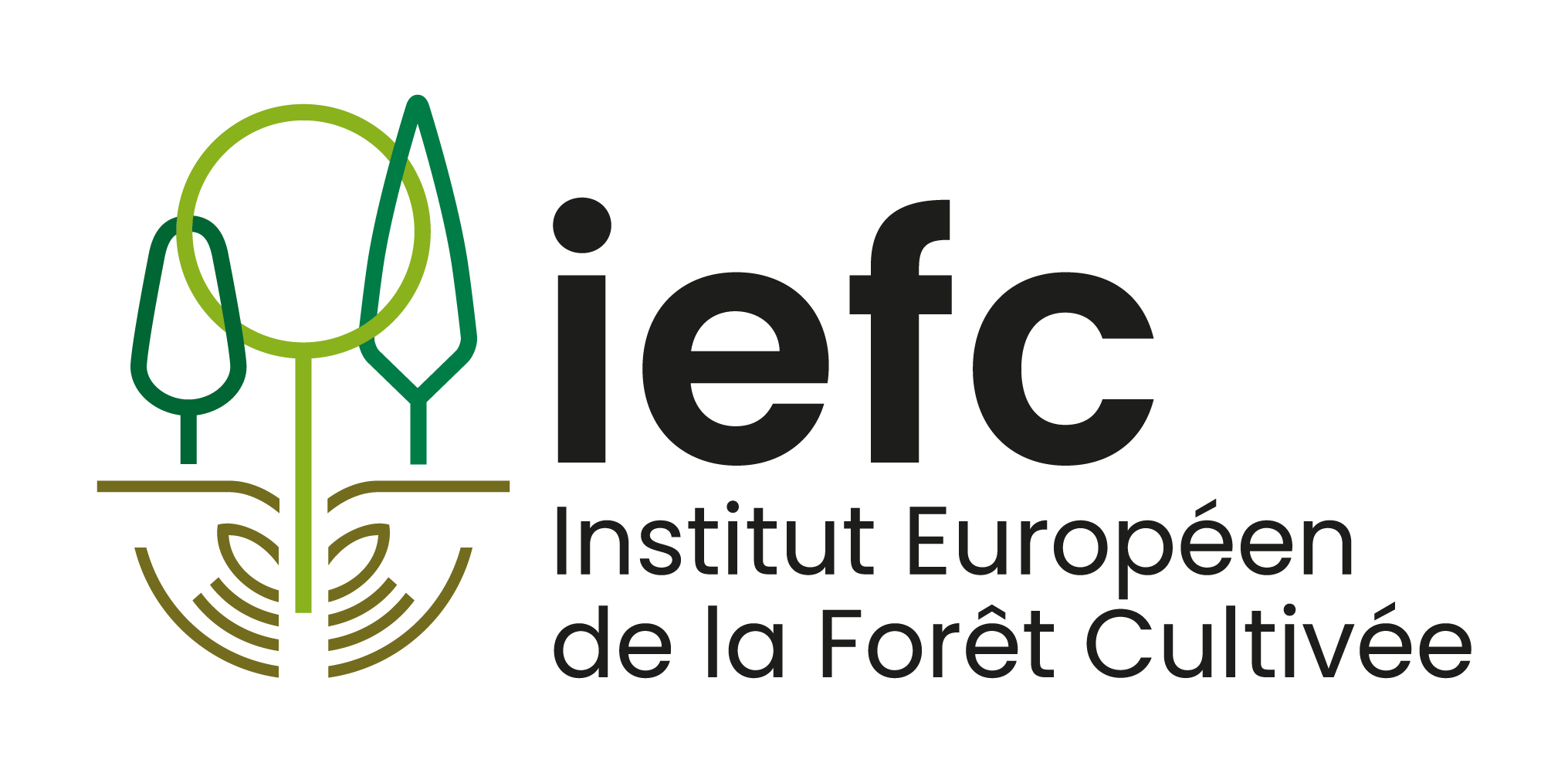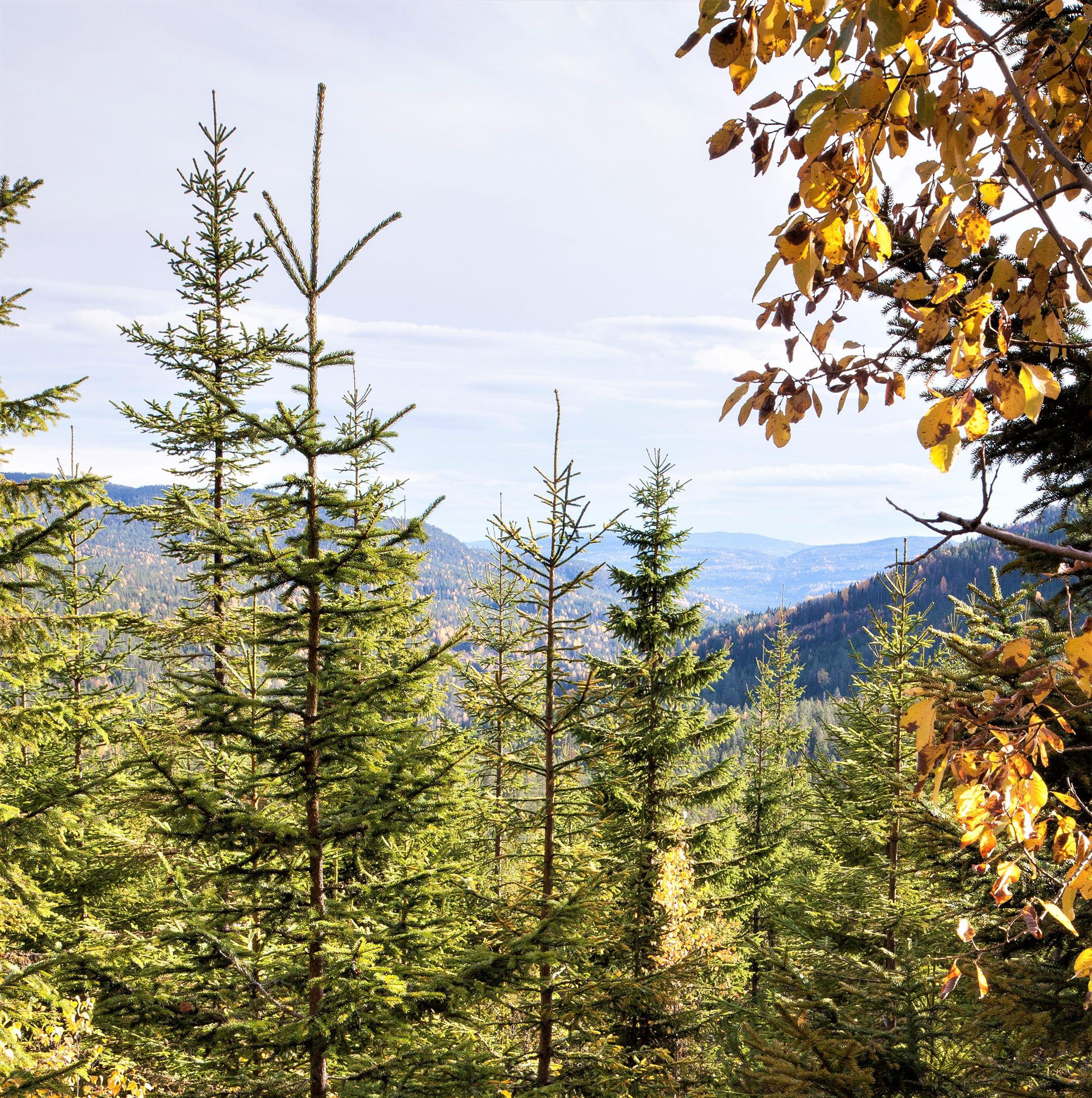
To develop a sound forest management plan for the future, there is a need to understand the interactions between tree growth, local damage risk factors and climate change. Thus, to help forest managers balance the trade-offs between maximizing forest yield and minimizing risks of wind and snow damages, project MARCSMAN or “Maximizing Resilience and Carbon Sequestration in Managed Norway spruce forests”, led by NIBIO (Norsk Institutt for Bioøkonomi) or the Norwegian Institute for Bioeconomy, was launched in 2020 and is set to run until the end of 2023.
Sustainable forest management plays a key role in climate mitigation strategies. This is due to the carbon sequestration potential of forests and their provision of raw materials that can substitute materials with higher carbon footprints.
In some countries, like in Norway, the average temperature is projected to rise more than the global average, and the conditions for forest growth are thus likely to change considerably towards the end of the 21st century (Tveito 2014). While these changes may be beneficial for the growth of Norway spruce across most of Norway, climate change may also render forests to be more prone to biotic and abiotic damage. A favourable temperature may increase productivity and make trees reach critical heights earlier, thus becoming more vulnerable to wind damage. With a warming climate, less soil frost and more wet soils during winter may render the trees more susceptible to uprooting (Kamimura et .a 2021). Moreover, an increasing frequency of heavy precipitation during mild winters is expected to increase snow loads on trees in some regions (Tveito 2014). Hence, the potential of extensive windthrow and snow breakage may offset the productivity gain from the favourable growth conditions.
In Europe, it has been estimated that windthrow has caused about 50% of all forest damage during 1950 to 2000 (Schelhaas et al. 2003) with severe economic consequences. For example, direct and indirect economic losses from the Gudrun storm in southern Sweden in 2005 were estimated to be well above 2 billion euros (Gardiner et al. 2010). Hence, even a slight reduction in the severity of damage caused by windthrow or snow breakage in spruce stands will lead to considerable economic benefits to the forestry sector.
The probability of such damage is dependent on the local climate, site conditions, and topography, as well as on tree properties such as tree height and diameter, stem taper, crown size, and root size and architecture that are heavily influenced by tree density in the forest. Hence, to maximise the biological potential of a forest to capture as much carbon as possible and at the same time maintain and/or increase the resilience of forest stands, proper density management, adapted to the local topographic conditions and climatic risk factors, is crucial.
MARCSMAN aims to facilitate a more precise estimation of actual productivity, balanced with resilience, as well as the carbon sequestration potential of Norwegian forests in a changing climate. The project also intends to provide forest managers/owners and other forest stakeholders with tools to reduce the risk of catastrophic losses from extreme weather events. To achieve these goals, the project partners will apply a combination of traditional as well as novel approaches, ranging from empirical modelling, based on extensive data sets from long-term field trials and stand inventories, to the use of advanced data analytics derived from remote sensing platforms and new machine learning tools.
The project results will thus serve as a knowledge base and a reference for a future upscaling, and will promote stakeholder discussions in how to manage forests optimally for carbon sequestration and value creation while reducing the negative impact of climate change.
by: Hubert Cosico (IEFC)

